A program designed to help poor people afford prescription drugs is being used by hospitals to generate easy profits, according to a Pacific Research Institute report.
A well-intended program designed to help poor people obtain prescription drugs is riddled with abuse and creates a perverse incentive for healthcare providers to game the system for profit, according to a Pacific Research Institute report.
The research, written by Wayne Winegarden, PhD, also says the program is hurting healthcare quality overall.
The 340B Program may have started with the best intentions but has evolved into a “complicated mess, rife with abuse, and has encouraged health providers to put profitmaking ahead of serving the poor,” says Winegarden, a senior fellow in business and economics at Pacific Research Institute.
“Our study shows that Congress must reform 340B, so we can get back to the original mission—ensuring America’s poor have access to life-saving prescription drugs at a low cost,” Winegarden says.
The 340B Program extends Medicaid prescription drug discounts to healthcare providers that largely serve the poor, with participating drug manufacturers providing 20-50% discounts to qualifying clinics, hospitals, and pharmacies.
The federal government provides little guidance or oversight, however, so there is no requirement that hospitals provide the discounted drugs solely to people who are truly in need, Winegarden says.
Hospitals can prescribe discounted medicines purchased through the 340B Program to patients who have insurance and can pay full price, he explains. The hospitals pocket the difference and thereby profit from a program intended to ease the financial burden on poor patients.
The practice is so brazen that more 340B hospitals have been set up in recent years to serve higher-income patients and secure more profit, he says. The rules of the 340B program itself contribute to the problem because discounts are based on a share of the drug’s costs, he says. That means participating hospitals are encouraged to prescribe high-priced medicines; they earn more revenue when prescribing the most expensive drug possible.
The program has also led to a rising trend of healthcare consolidation, Winegarden says, as independent practices are not eligible for 340B discounts and are losing patients. The 340B program has played a role in how hospitals have increasingly acquired independent practices and set them up as hospital outpatient departments, the report concludes.
“Judging the 340B program on its outcomes, not intentions, reveals that the program is, at best, a very expensive and inefficient way to help vulnerable populations afford the medicines they need. It is, consequently, in desperate need of reform,” the report states. “The best politically feasible reform would return the scope of the 340B program to its original purpose of serving uninsured and low-income patients, and improve the oversight and administration of the program.”
Specifically, the Pacific Research Institute says Congress and the Trump administration should update the law governing the 340B program so that it clearly defines who qualifies for the discount. This should include only those patients who are truly in need, the report says.
“This would ensure that the subsidized drugs would only benefit the intended patients, and it would prevent covered entities from exploiting the program as a potential profit center. Non-340B patients would also benefit since drug prices would no longer reflect the cross subsidies necessary to offset the loss of revenue caused by the abuse of the 340B discount program,” the report says.
Last month, the Centers for Medicare & Medicaid Services announced a final rule to cut payments by 28%, or about $1.6 billion. About 40% of U.S. hospitals use the program.
“Additionally, since the program is intended to help the vulnerable populations, measures should be adopted that ensure that the 340B savings are passed along to the uninsured patients when filling their prescriptions at the covered entities or their contract pharmacies,” the Pacific Research Institute report says. “The possibility that these populations do not receive discounted prices when purchasing their medicines violates the entire spirit of the program. More stringent oversight practices should also be implemented to eliminate the proliferation of abuse in the program.”
The Pacific Research Institute describes itself as a nonpartisan nonprofit that “champions freedom, opportunity, and personal responsibility by advancing free-market policy solutions” in healthcare and a variety of other areas.
